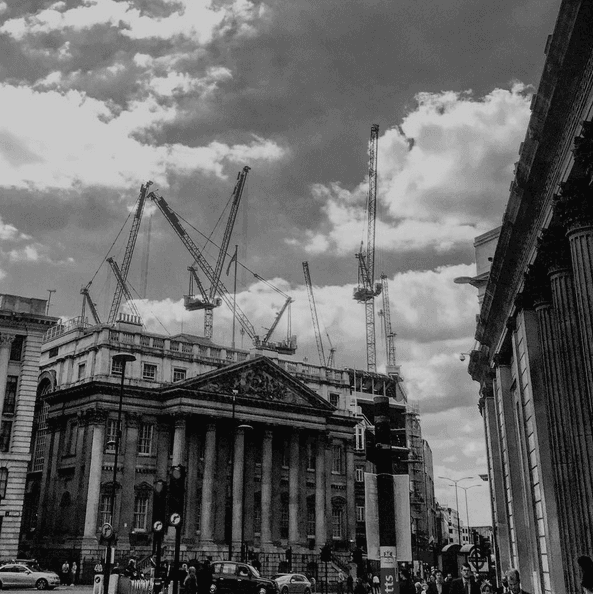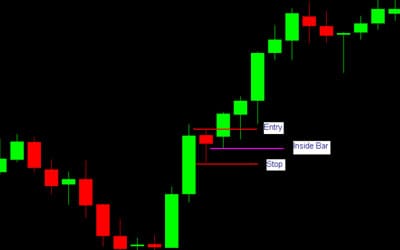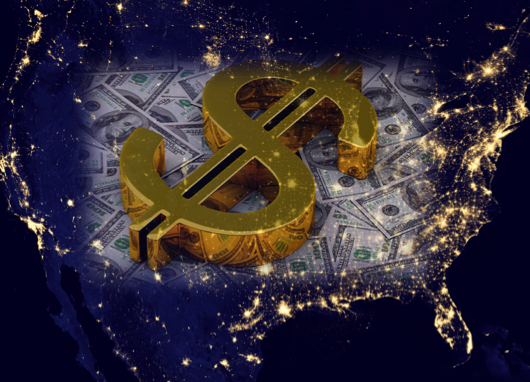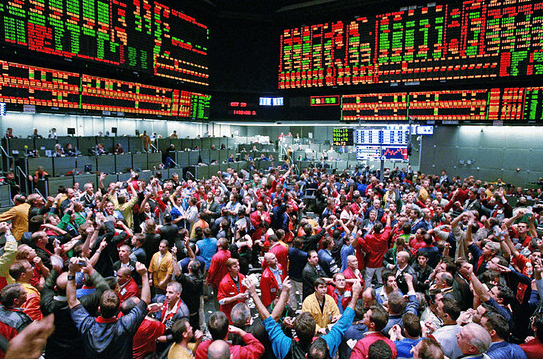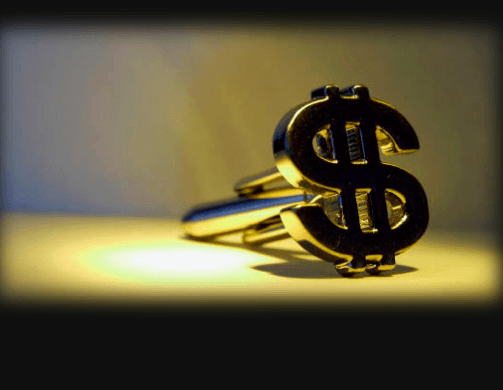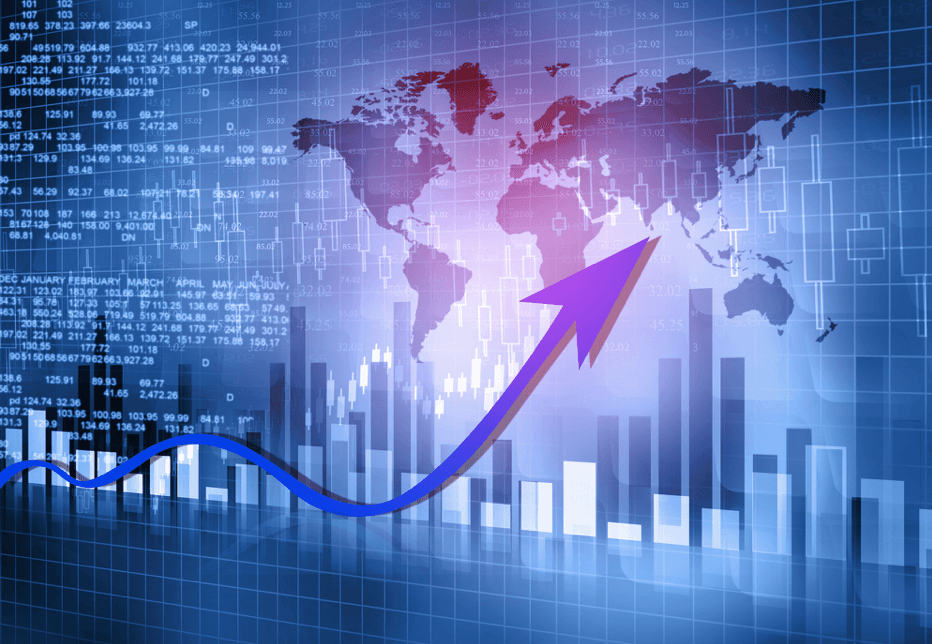
Are you trying to figure out the basics of forex trading? Read this article to learn more about forex for beginners and how to get started.
Many a new investor is attracted to the world of foreign exchange. Why? Because it’s exciting. Because it’s a high risk, and because it’s a high reward.
However, if you get started with forex trading before you’ve built a firm understanding of the basic concepts of how the industry works, then you’re only setting yourself up for failure. The high-risk nature of the industry will only burn you in the long run.
In this article, we’ll help you avoid that exact unfortunate scenario by providing you with a short guide to forex for beginners. We’ll teach you how to get started trading foreign exchange, and what you need to keep in mind as you do so.
What is Forex Trading?
First things first: let’s ensure that you truly do have a good understanding of what exactly forex is.
At its most basic, the concept behind forex is that you convert your money in one currency into another. As you already know, currencies are always constantly changing in their value relative to other currencies. Changes in currency value are typically indicative of the economic success of the country in which the currency is used.
For instance, if America’s economy begins to plummet and the Federal Reserve has to print more money to pump the economy back up, then the value of the dollar will correspondingly decrease. Consequently, if all your money was in dollars at the time, your money loses value.
But if you had converted your money into euros, which instead improved against the American dollar because the European Union’s economy was doing just fine, then you just managed to significantly improve your net worth.
How Does Forex Trading Work?
There are three ways in which you can complete a forex transaction.
The first way is called spot trading. In this method, you complete a transaction converting money from one currency to another at a specified rate at the exact time that the deal is made.
The second method of trading is known as the forward forex market. In this method, you create a contract that stipulates the transaction between two currencies at a specific price. The date for the transaction can either be a specific future date, or it can be a range of dates.
If the markets move in your favour, then you could make a killing by purchasing currency at a price that differs from the market price. However, the converse could also very easily happen.
The last method of forex trading is known as the futures forex market. This operates similarly to the forward forex market, except futures are traded on an exchange, while forwards are private contracts between individuals or institutions.
Select Your Trading Provider
Now that you know what forex trading is and how it works, it’s time for you to get started with the actual process of becoming a forex trader.
Although large banks and institutions are the folks who actually buy and sell foreign exchange contracts, they do not do it themselves. Instead, the actual exchange happens on a trading provider.
There are many different trading providers on the market. Make sure that you shop around to find out which one is right for you. Take into account fees, countries of operations, and the banks that use the specified provider.
Build a Plan
Having an account on a trading provider platform doesn’t mean that you’re ready to go. As with any other type of investment or financial move, you need to have a plan before you start. This will help to ensure that if you do engage in high-risk trades, you can mitigate any losses so that you don’t lose your shirt.
Figure out which currencies you want to invest in. Do your research to truly understand the economy that you will be purchasing currency in before deciding on a specific currency.
It’s not enough just to have a surface level understanding of the current market price of the currency. Instead, you should delve deep into that country’s operations. Understand what economic structure they use and how their markets operate.
Learn about their government and how impending policymaking will affect the market both in the short-term and the long-term. That way, you’ll understand how the various forex indicators will impact your investments.
Once you’ve done this research, you should be far better informed as to which currencies are a good purchase at what price point.
Day Trading vs. Position Trading
With foreign exchange trading, there are two types of trading that you can do if you’ve decided to go with spot exchanges.
The first type is day trading. With day trading, you buy a specific currency, make your prediction as to whether it is going to go up or down (i.e. you buy at a certain price point and then specify to sell at another price point). Then, before the end of the day, you sell your position. If you don’t, then you will incur overnight funding charges on most trading provider platforms.
The second type is position trading. With this kind of trading, you hold currency in a specific market for a long period of time.
Essentially, you are holding your position and don’t want to trade based on the minuscule movements that happen day-to-day. To achieve this, you’ll want to set up a different kind of account on your trading provider that doesn’t charge for overnight funding. Talk to your specific provider to know how this works on their platform.
Forex for Beginners: Made Simple
Now that you have a basic understanding of what forex is, how it works, and how you can start trading forex, you should have a much better understanding of how it can make you rich. However, you should also have a healthy respect for how you can lose your shirt in just a few bad investment decisions.
As long as you build a plan beforehand, however, and minimize your risk, you should do just fine! We hope this guide to forex for beginners has helped.
For more financial advice, check out the rest of the articles on the website!
Tradersdna is a leading digital and social media platform for traders and investors. Tradersdna offers premiere resources for trading and investing education, digital resources for personal finance, market analysis and free trading guides. More about TradersDNA Features: What Does It Take to Become an Aggressive Trader? | Everything You Need to Know About White Label Trading Software | Advantages of Automated Forex Trading




























